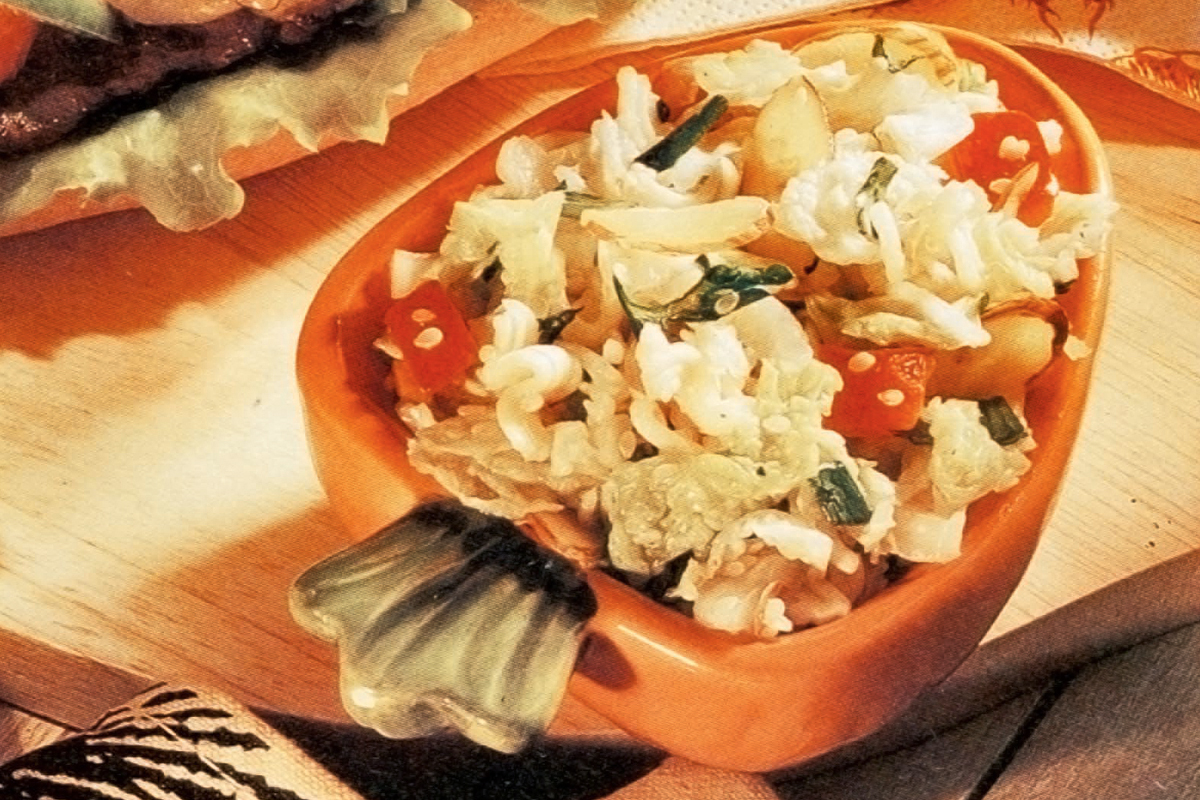When Victorian naturalist Alfred Russell Wallace referred to feathers as a “masterpiece of nature…the perfectest venture imaginable,” he wasn’t exaggerating. Wondrous in design, feathers are marvels of evolution—derived from reptilian scales—that enable birds to soar. But it is their beauty that has entranced humans worldwide for centuries. “Where else do you find such an obvious example of iridescence in nature? Birds did it up really well,” says Mark Peck, the manager of the Schad Gallery of Biodiversity at the Royal Ontario Museum (ROM) in Toronto.
The most valuable commodity (second only to diamonds) on the sinking Titanic turned out to be feathers—more than 40 cases—worth more than $2.3 million in today’s dollars. These extravagantly expensive plumes traveled en route to milliners’ shops as part of the feather fashion craze that had gripped Europe and North America in the 19th century—with disastrous consequences for birds. The harvesting of egret feathers during breeding season, when the gleaming white, wispy plumes are at their most spectacular, drove the species to the brink of extinction. But it wasn’t just egret feathers on hats: exotic species were all the rage, including quetzals, birds of paradise, hummingbirds, parrots, and toucans. Things reached such a fevered pitch that adorning a hat with mere feathers eventually proved insufficient and entire flattened, taxidermied birds would rest atop the ensemble. By the early 1900s, more than five million birds were killed per year in service of the millinery industry.
5 amazing ways that birds use their feathers
Initially, the blame fell on the greatest hat consumers: women. In 1912, in a scathing call to arms, William Hornaday, the director of the New York Zoo (now called the Bronx Zoo), wrote that “The blood of uncounted millions of slaughtered birds is upon the heads of women.” And yet, it was largely thanks to fiercely vocal women conservationists who vehemently opposed the feather trade that legislative change took place. In 1918, the U.S. Migratory Bird Treaty Act prohibited the buying, selling, trading, or bartering of bird parts and brought the hat feather frenzy to an end.
Of course, long before the birth of that feather fad as fashion—it may have been launched (at least in part) by Marie Antoinette, who topped off her coiffures with hats piled high with glamorous ostrich feathers—Indigenous people worldwide had already been putting an emphasis on self-adornment. The Aztecs brought featherwork to colossal heights. The imperial aviary in Tenochtitlán, in present-day Mexico, employed dozens of people to oversee the flocks of arresting, spectacular birds, including coloured honeycreepers, toucans, spoonbills, macaws, and parakeets—all sourced from the furthest reaches of their empire, often by the thousands. The Aztecs plucked feathers from these birds to decorate clothing, battle shields, tapestries, elaborate headdresses, and religious regalia. And they often extracted taxes from conquered lands in the form of feathers or birds. With the conquest of the Americas and colonization, exotic feathers eventually made their way to European courts and, in addition to becoming a hugely popular fashion trend, they also highlighted the power of imperial expansion.
A curious and sordid black market for exotic feathers exists today in the world of fly-fishing among fly-tiers who have revived the Victorian practice of elaborate plume-made flies resembling insects. Not only have there been numerous feather heists from natural history collections in the past several decades—the most famous of which became the subject of the acclaimed book The Feather Thief—the ROM recently instituted background checks for anyone spending unsupervised time among the prized feathers. “The most commercially valuable feathers in the collection are the pheasant and grouse family feathers due to the market for tying flies,” says Mark Peck.
Yet feathers do more than denote status and power; they also tell stories and teach us how to live. Indigenous naturalist Joe Pitawanakwat stresses the importance of learning from birds, and he sees feathers as an “acknowledgement of the teachings that the birds carry.” A member of the Wiikwemkoong First Nation, he says that coming in contact with a bird feather “enables us to tap into the stories that the birds are sharing.” For example, bird species with red eyes teach people about mourning and how to manage grief; a common loon feather reminds Pitawanakwat of the bird’s plaintive call and tells him that “it’s okay to cry—that’s why their eyes are red.”
10 amazing facts about loons
One of the most revered feathers among many Indigenous communities is the eagle feather, for its ability to “relay messages to a spirit world,” says Pitawanakwat. The eagle feather becomes a communicating device. “When we use eagle feathers in prayer, and when we’re smudging, those feathers are responsible for taking the message where it needs to go,” Pitawanakwat says. “Feathers are kind of like a tattoo. There’s a story to each one.”
And yet those very stories and the knowledge, both spiritual and practical, passed down from elders, is currently at risk: how to set traps according to a bird’s moulting season; how to design two types of regalia for powwows, one with iridescent feathers for daytime, and another with non-iridescent feathers for nighttime; how to use owl feathers for fletching to ensure that the arrows fly silently.
“I always say thank you when I find a feather in a forest,” says Pitawanakwat. “It’s a gift and a responsibility that’s presented to me to learn what this bird has to share.”
This article was originally published in the August 2022 issue of Cottage Life.





















































